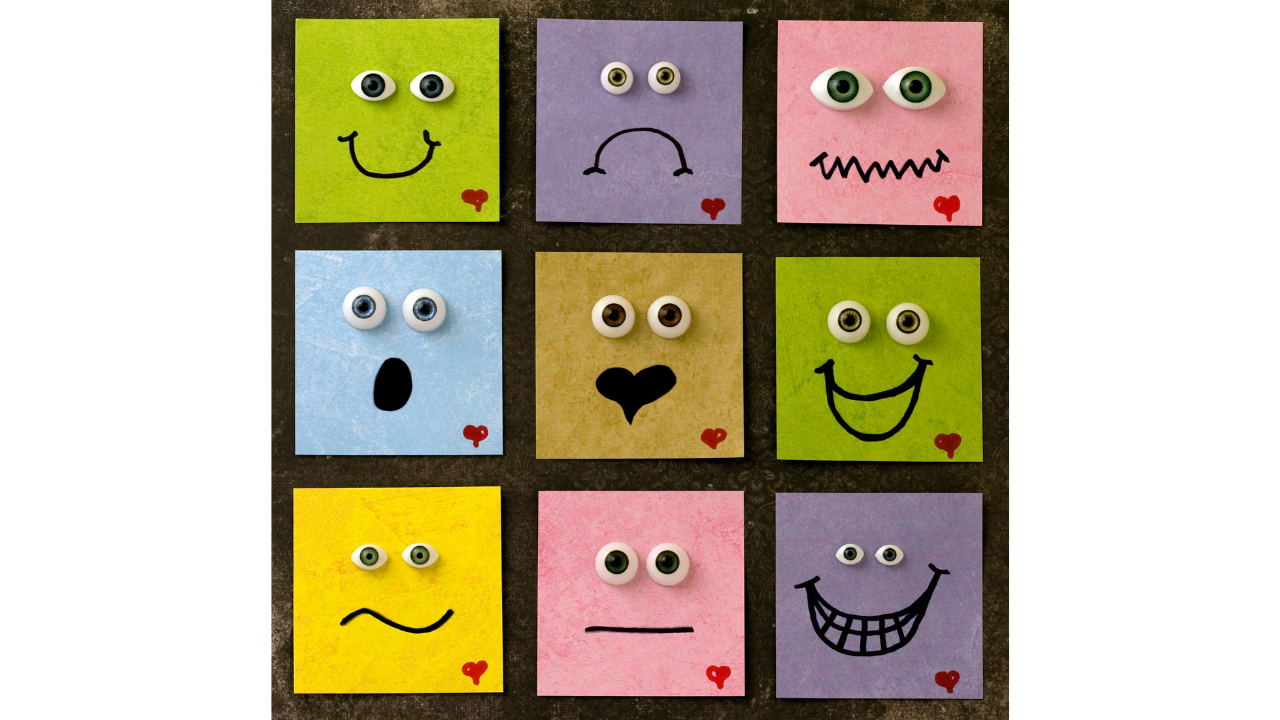
EAS Story Time: Snowmen at Night: A fun read along story about snowmen that includes themes about understanding and identifying emotions. This story is a great book for children with autism who are learning about emotions.
Book Description: “Have you ever built a snowman and discovered the next day that his grin has gotten a little crooked, or his tree-branch arms have moved? And you’ve wondered, “What do snowmen do at night?” Witty, imaginative verse offers many amusing details about the secret life of snowmen. An entertaining read-aloud for bedtime sharing or winter storytimes.
This delightful wintertime tale reveals all! Caralyn Buehner’s witty, imaginative verse offers many amusing details about the secret life of snowmen and where they go at night, while Mark Buehner’s roly-poly snowmen are bursting with personality and charm. From the highly successful team that created such winning titles as Fanny’s Dream, Snowmen at Night is fabulous, frosty, and fun!”
Parenting Tips for Story Time
- Here’s a helpful video just for the parents where our team offers simple suggestions you can use at home to help your child engage with story time at home: M.O.M Tip: minute of material – Tools to Help Your Child Engage in Story Time
Author:
Jessica Goldberg | Autism Parent & Behavior Therapist/Outreach Specialist
Early Autism Services





Recent Comments